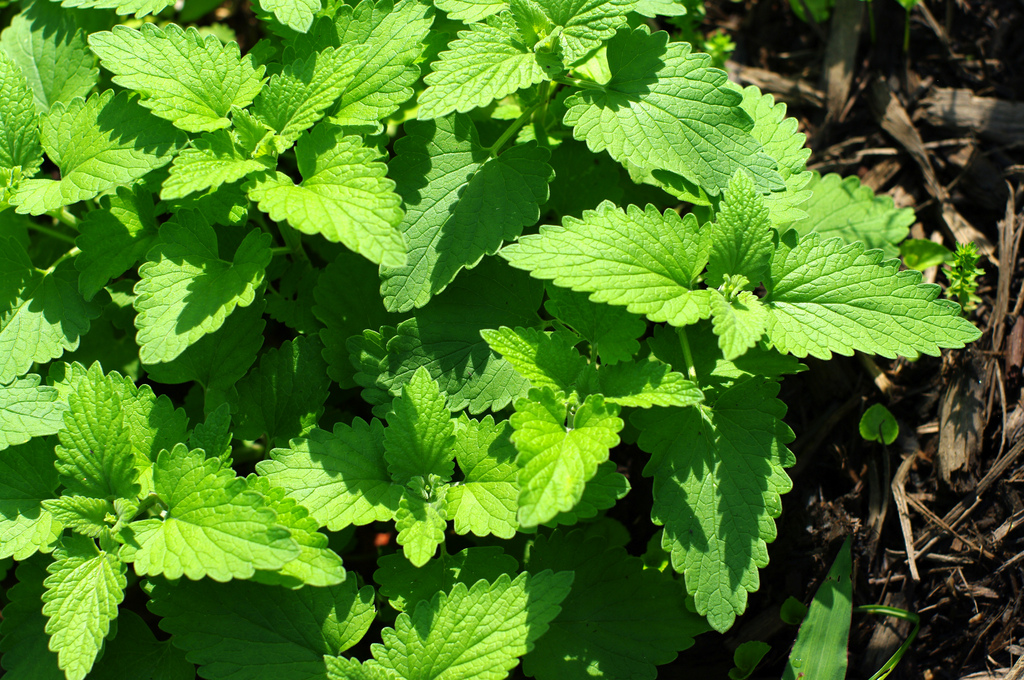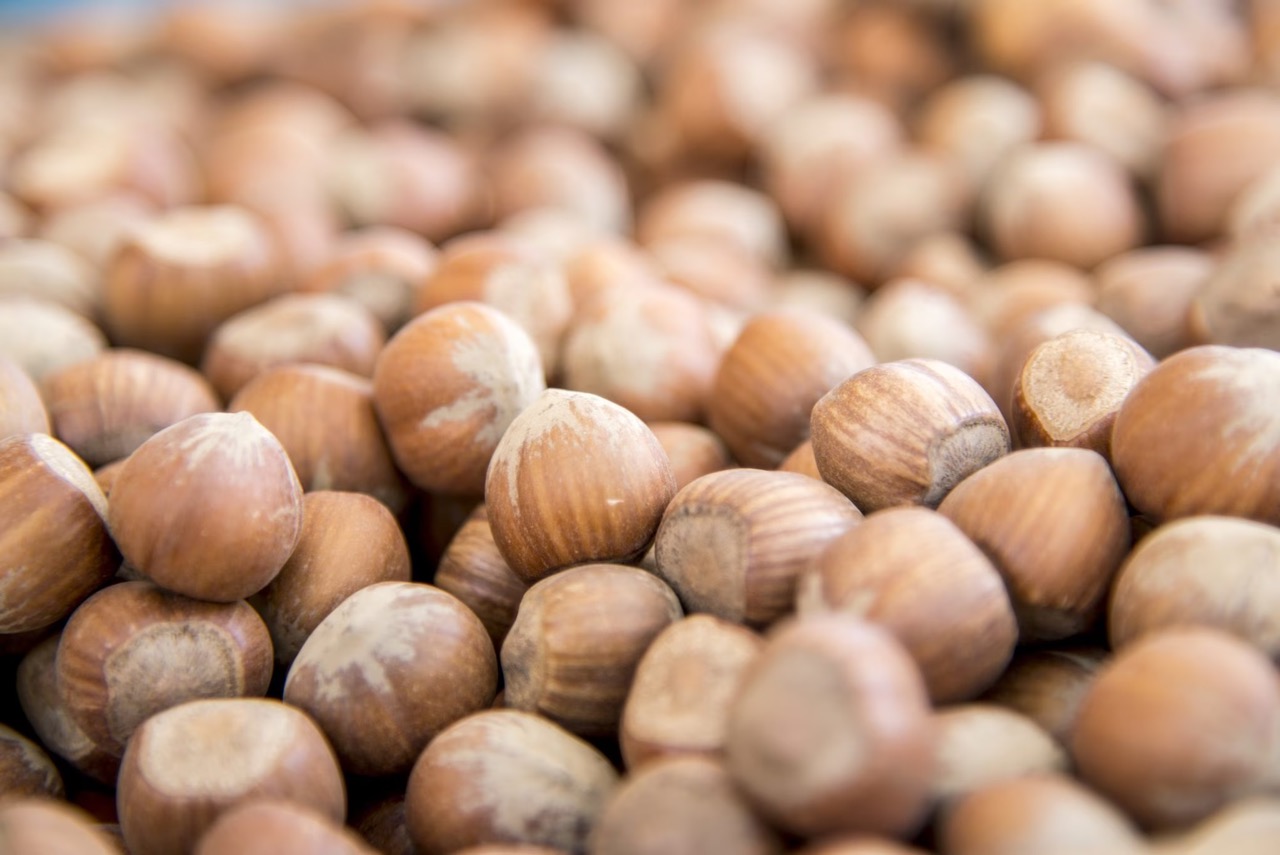Post by Eweleap on Mar 22, 2016 1:51:21 GMT
Herbs & Medicine
Medicine cats are armored with this knowledge, and a few warriors could name some. Medicine cat apprentices are in charge of learning all of these herbs and their uses, along with many other things.

Use: Helps Queens produce more and better quality milk & cools fevers.
Location: Thrives in forests.
Administration: Chewed & Eaten.
Medicine cats are armored with this knowledge, and a few warriors could name some. Medicine cat apprentices are in charge of learning all of these herbs and their uses, along with many other things.
Borage Leaves
Use: Helps Queens produce more and better quality milk & cools fevers.
Location: Thrives in forests.
Administration: Chewed & Eaten.
Catmint

Use: Cures greencough most effectively & can be used to cure whitecough.
Location: Almost always in two-leg gardens.
Administration: Eaten.

Use: Cures greencough most effectively & can be used to cure whitecough.
Location: Almost always in two-leg gardens.
Administration: Eaten.
Dock

Use: Soothes scratches, sore pads, & generally eases pains in wounds.
Location: Any leafy areas, doesn't grow well in mountains.
Administration: Chewed & applied or put into nest. May sting.
Feverfew

Use: Cools fevers & calms chills. Also good for headaches & aches.
Location: Thrives along shores/near water.
Administration: Eaten.
Comfrey

Use: Mends broken bones, soothes wounds & torn claws, used for itching or inflammation, and can ease stiffness.
Location: Damp, grassy areas.
Administration: Chewed & applied, nest lining, or mended to broken bones.
Mouse bile

Use: Removal of ticks.
Location: Excreted from mice.
Administration: Soaked with moss & dabbed onto tick.
Marigold

Use: Stops infection, may stop bleeding. Can be used for stiff or inflamed joints.
Location: Near water.
Administration: Petals/Leaves chewed & applied. Juice is used as well.
Coltsfoot

Use: Eases breathing & kittencough. May ease sore pads.
Location: Near water or waterlogged soil.
Administration: Leaves chewed into pulp & applied.
Poppy Seed

Use: Soothes shock & pain.
Location: Everywhere.
Administration: Eaten. Will bring sleep, not recommended for nursing queens or kits.
Cobwebs

Use: To soak up & slow/stop bleeding. Helps in process of mending bones.
Location: Everywhere.
Administration: Pressed onto wound.
Blackberry Leaves

Use: Ease swelling of bee stings & other insect stings.
Location: Almost anywhere, known to be prickly & tough plants.
Administration: Chewed into pulp & applied.
Chervil

Use: Fights infection & may cure bellyaches.
Location: Most common in clearings within forests.
Administration: Chewed to extract juice from leaves or roots. May be used with kitting/nursing Queens.
Celandine

Use: Soothes damaged eyes.
Location: Forest, or any healthy vegetation area relatively close to water.
Administration: Chewed, then juice is trickled directly into eye.
Juniper Berries

Use: Soothes bellyaches, gives strength, & may help troubled breathing or ease the mind.
Location: Anywhere if soil is not waterlogged.
Administration: Eaten.
Thyme

Use: Calms anxiety & eases shock.
Location: Thrives in hot, sunny areas.
Administration: Chewed on, may be eaten.
Alder Bark

Use: Eases tooth aches/pains.
Location: Thrives in marsh-like, muddy, or wet areas.
Administration: Chewed & may be eaten.
Parsley

Use: Stop or slows a Queen's milk flow. May also aid with bellyaches.
Location: Moist but, sunny areas.
Administration: Eaten.
Snake Root

Use: Heals poisons/toxins.
Location: Usually grows in warmer areas.
Administration: Applied to wounds, may be chewed but not swallowed.
Tansy

Use: Cures coughs & may be used to ward away greencough. Usually soothes throats as well.
Location: In forests or near two-leg places.
Administration: Eaten in small doses.
Watermint

Use: Cures bellyaches.
Location: Near water or in damp soil.
Administration: Chewed into pulp & then swallowed.
Cob Nuts

Use: Help ease cracked & sore pads and revives dried noses/paw pads.
Location: Near hazel trees within sunny spots.
Administration: Smashed into ointment and applied.
w.i.p

Use: Soothes scratches, sore pads, & generally eases pains in wounds.
Location: Any leafy areas, doesn't grow well in mountains.
Administration: Chewed & applied or put into nest. May sting.
Feverfew

Use: Cools fevers & calms chills. Also good for headaches & aches.
Location: Thrives along shores/near water.
Administration: Eaten.
Comfrey

Use: Mends broken bones, soothes wounds & torn claws, used for itching or inflammation, and can ease stiffness.
Location: Damp, grassy areas.
Administration: Chewed & applied, nest lining, or mended to broken bones.
Mouse bile

Location: Excreted from mice.
Administration: Soaked with moss & dabbed onto tick.
Marigold

Use: Stops infection, may stop bleeding. Can be used for stiff or inflamed joints.
Location: Near water.
Administration: Petals/Leaves chewed & applied. Juice is used as well.
Coltsfoot

Use: Eases breathing & kittencough. May ease sore pads.
Location: Near water or waterlogged soil.
Administration: Leaves chewed into pulp & applied.
Poppy Seed

Use: Soothes shock & pain.
Location: Everywhere.
Administration: Eaten. Will bring sleep, not recommended for nursing queens or kits.
Cobwebs

Use: To soak up & slow/stop bleeding. Helps in process of mending bones.
Location: Everywhere.
Administration: Pressed onto wound.
Blackberry Leaves

Use: Ease swelling of bee stings & other insect stings.
Location: Almost anywhere, known to be prickly & tough plants.
Administration: Chewed into pulp & applied.
Chervil

Use: Fights infection & may cure bellyaches.
Location: Most common in clearings within forests.
Administration: Chewed to extract juice from leaves or roots. May be used with kitting/nursing Queens.
Celandine

Use: Soothes damaged eyes.
Location: Forest, or any healthy vegetation area relatively close to water.
Administration: Chewed, then juice is trickled directly into eye.
Juniper Berries

Use: Soothes bellyaches, gives strength, & may help troubled breathing or ease the mind.
Location: Anywhere if soil is not waterlogged.
Administration: Eaten.
Thyme

Use: Calms anxiety & eases shock.
Location: Thrives in hot, sunny areas.
Administration: Chewed on, may be eaten.
Alder Bark

Use: Eases tooth aches/pains.
Location: Thrives in marsh-like, muddy, or wet areas.
Administration: Chewed & may be eaten.
Parsley

Use: Stop or slows a Queen's milk flow. May also aid with bellyaches.
Location: Moist but, sunny areas.
Administration: Eaten.
Snake Root

Use: Heals poisons/toxins.
Location: Usually grows in warmer areas.
Administration: Applied to wounds, may be chewed but not swallowed.
Tansy

Use: Cures coughs & may be used to ward away greencough. Usually soothes throats as well.
Location: In forests or near two-leg places.
Administration: Eaten in small doses.
Watermint

Use: Cures bellyaches.
Location: Near water or in damp soil.
Administration: Chewed into pulp & then swallowed.
Cob Nuts

Use: Help ease cracked & sore pads and revives dried noses/paw pads.
Location: Near hazel trees within sunny spots.
Administration: Smashed into ointment and applied.
w.i.p
